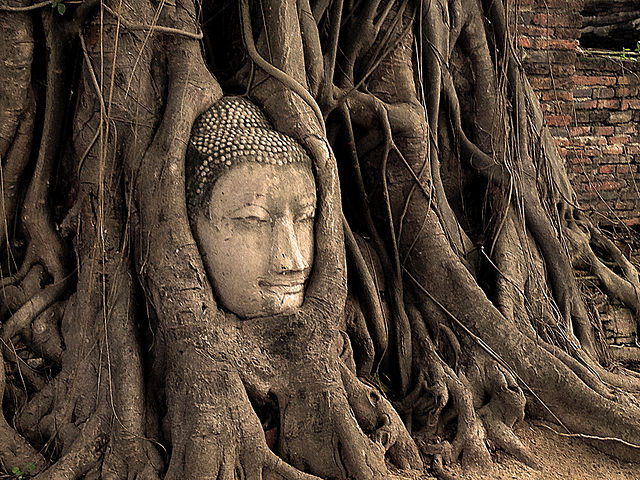The Cultural Roots of Martial Arts: Unveiling The Heritage
Martial arts are more than just physical techniques; they are a reflection of the rich cultural tapestry from which they emerged. Every fighting style carries the legacy of its cultural origins, encompassing values, philosophies, and traditions that have shaped societies for centuries. As an experienced instructor, I invite you to explore the captivating journey of how martial arts are deeply intertwined with their cultural roots.
A Glimpse into History: Origins of Martial Arts
The origins of martial arts are steeped in the annals of history, with each fighting style tracing its lineage to specific regions and civilizations. Ancient civilizations, from China to Greece, developed their unique systems of combat, reflecting the social, military, and philosophical contexts of their time.
Ancient East Asia: Birthplace of Many Traditions
The martial arts landscape is significantly shaped by the traditions of East Asia. China’s vast history boasts a myriad of styles, including the graceful Tai Chi, the intricate Wing Chun, and the rigorous Shaolin Kung Fu. Each style carries a distinct philosophy, with Tai Chi embracing the principles of balance and energy flow, while Wing Chun emphasizes close-range combat techniques.
The Japanese Legacy: Bushido and Beyond

Japan’s martial arts heritage is epitomized by the concept of Bushido, the “Way of the Warrior.” Disciplines like Karate, Judo, and Aikido embody the Bushido principles of honor, integrity, and self-discipline. Karate’s focus on striking and Aikido’s emphasis on redirecting an opponent’s energy both reflect the harmonious relationship between martial prowess and spiritual growth.
The Cultural Fusion: Martial Arts Beyond Borders
Martial arts transcended cultural boundaries through trade, travel, and conquest. The Silk Road, for instance, facilitated the exchange of techniques between East and West, leading to the cross-cultural evolution of fighting styles. Brazilian Jiu-Jitsu, born from Judo, is a prime example of this fusion, combining Japanese techniques with Brazilian creativity and innovation.
Philosophical Underpinnings: Wisdom Embedded in Techniques

Beyond physical techniques, martial arts are deeply embedded with philosophical teachings that mirror the cultural values of their birthplaces. These philosophies guide practitioners not only in combat but also in life.
Zen and the Art of Martial Arts
Zen Buddhism’s influence on martial arts philosophy is profound, particularly in Japanese traditions. Concepts like mindfulness, focus, and presence find resonance in the movements of disciplines like Kendo and Iaido. The meditative aspect of Zen cultivates mental clarity and emotional balance, enhancing a practitioner’s effectiveness both on and off the mat.
Yin and Yang: Balance in Chinese Martial Arts

Chinese fighting styles, or Kung Fu, often reflect the philosophical concept of Yin and Yang – the duality of opposing forces in harmony. Movements that combine softness and hardness embody this philosophy. Tai Chi’s flowing forms and Shaolin’s dynamic techniques both exemplify the harmonious blend of Yin and Yang, guiding practitioners toward equilibrium in their practice and in life.
The Passage of Time: Modern Expressions of Tradition
As fighting evolved, they adapted to changing times while preserving their cultural essence. Modern practitioners honor tradition while incorporating contemporary techniques and training methods. This evolution ensures that cultural heritage remains vibrant and relevant.
The Global Tapestry of Martial Arts
In today’s interconnected world, fighting styles have transcended cultural boundaries, uniting people of diverse backgrounds through shared passion. The popularity of Brazilian Jiu-Jitsu in Japan, Muay Thai in the United States, and Taekwondo in Europe underscores the universal appeal of these fighting styles.
Preserving Tradition: The Role of Modern Practitioners
Martial arts practitioners play a crucial role in upholding the cultural heritage of their chosen disciplines. Through rigorous training, respectful conduct, and dedication to the core philosophies, modern martial artists become custodians of ancient traditions.
The Cultural Legacy Continues: Embracing Martial Arts
As you embark on your journey into the world of fighting arts, remember that you are stepping into a realm woven with cultural threads from across the globe. Understanding the cultural roots of each fighting style enhances your appreciation for its techniques and philosophies. Whether you’re drawn to the fluid movements of Tai Chi, the precision of Karate, or the dynamic nature of Brazilian Jiu-Jitsu, you’re immersing yourself in a heritage that transcends time and borders. By learning a martial art, you become part of an ongoing legacy, contributing to the vibrant tapestry of cultures and traditions that define the world of martial arts.

